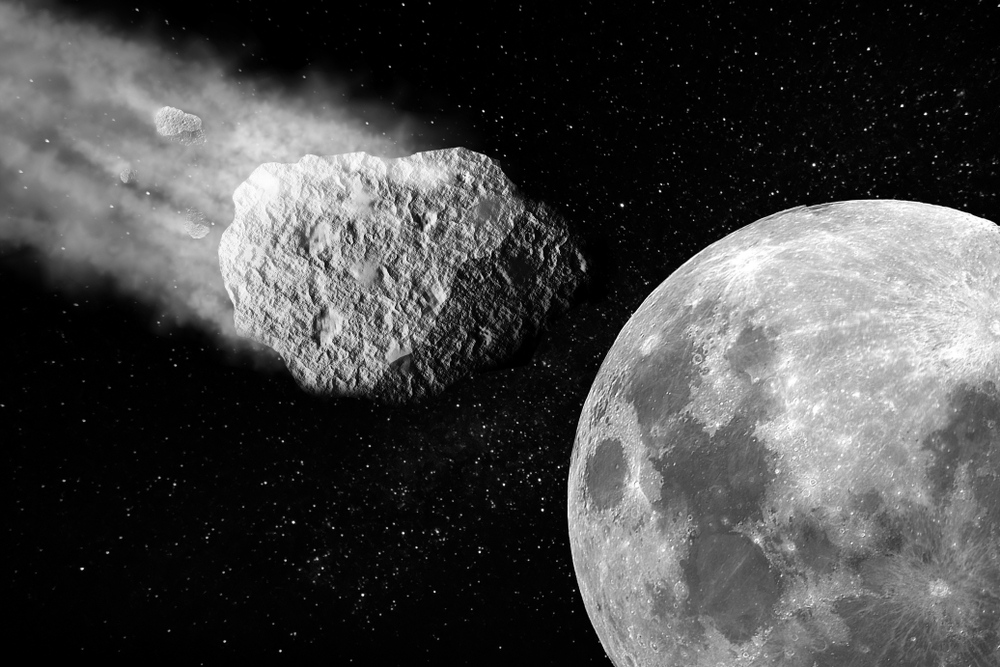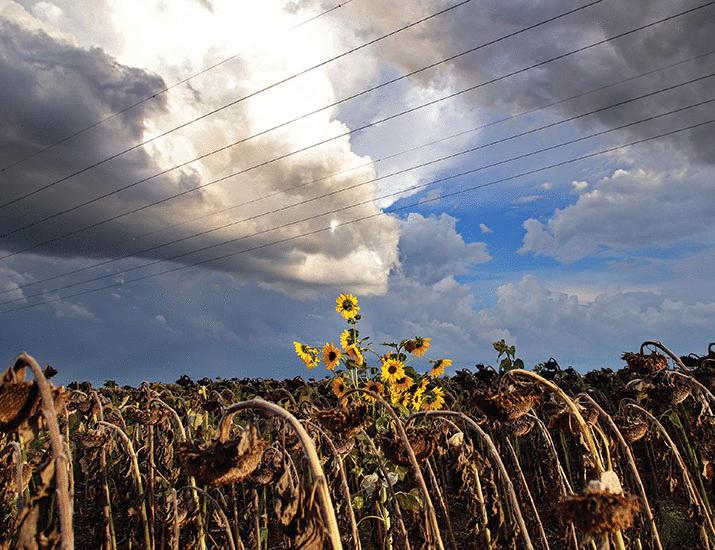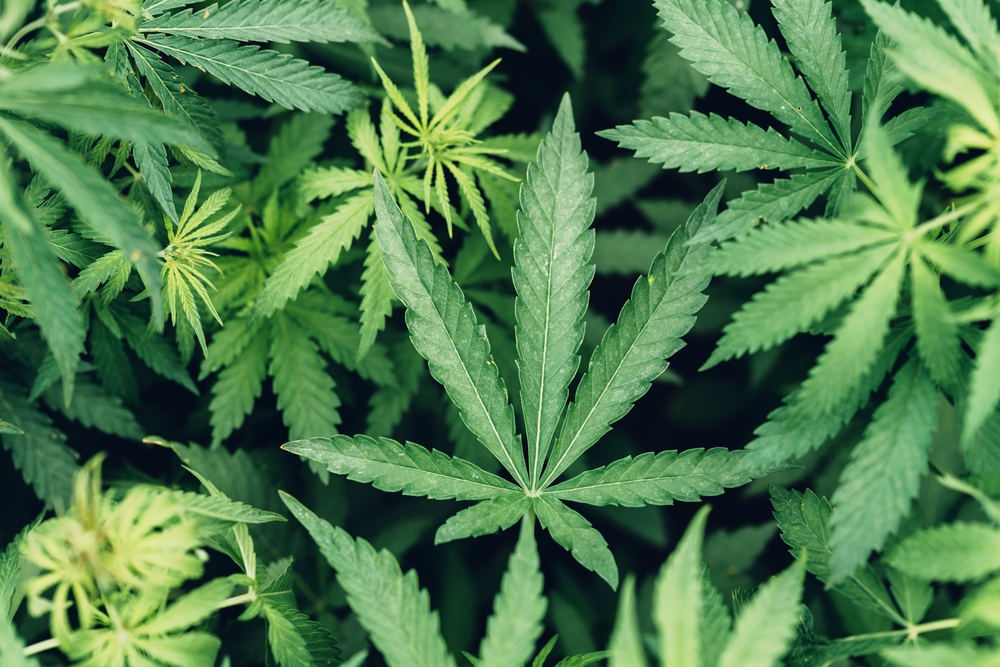Now Reading: Chances of City-Killer Asteroid Impacting the Moon Raised from 3.8 to 4.3 Percent
-
01
Chances of City-Killer Asteroid Impacting the Moon Raised from 3.8 to 4.3 Percent
Chances of City-Killer Asteroid Impacting the Moon Raised from 3.8 to 4.3 Percent

Earth doesn’t have to worry about the asteroid once known as the “city-killer,” since there is a small chance that the Moon could be its true target. The probability of an impact with the moon sat at 3.8 percent at first, but the latest observations in May have slightly raised this probability to 4.3 percent.
Asteroid 2024 YR4 had everyone panicking in February 2025, as its probability to impact Earth in 2032 peaked at 3.1 percent. In the months that followed, scientists revised their estimations after getting another look at the asteroid: They assured everyone that it would not lay ruin to any cities on Earth and clarified that, instead, there would be an outside chance that it could collide with the moon.
Find out what the updated impact probability means for the moon, and what comes next as 2024 YR4 temporarily moves out of scientists’ view.
Read More: Asteroid Has a 1% Chance to Impact Earth in 2032 — Should We Be Worried?
2024 YR4’s New Impact Probability
A recent announcement from NASA has confirmed that asteroid 2024 YR4 now has a 4.3 percent chance of hitting the moon on December 22, 2032. This probability was determined through observations using the James Webb Space Telescope’s Near-Infrared Camera, which was able to shed light on the asteroid’s prospective course in the coming years.
2024 YR4 is estimated to be around 174 to 220 feet, which would make it roughly the size of a 15-story building. This “city-killer” would inflict major damage if it were to land on Earth, though this is no longer a concern — scientists removed the chance of a 2032 Earth impact back in April.
How Would an Impact Affect the Moon?
We don’t have to worry about 2024 YR razing any cities on Earth, but what would happen if the asteroid were to strike the moon?
First of all, an impact would not alter the moon’s orbit, as stated by NASA. However, a new arXiv preprint paper suggests that an impact would eject lunar material into space, posing a threat to satellites in Earth’s orbit.
The authors of the paper assume that the asteroid would carve a 1 km (approx 3280 ft) crater into the moon and would most likely hit the moon’s southern hemisphere on its leading side. A crater that size only forms about once every 5000 years, meaning the impact of 2024 YR4 would be unprecedented in modern history.
The authors state that as much as 10 percent of the material ejected from the crater could reach near-Earth space. Ejected material ranging from 0.1 to 10 mm in size would interfere with Low Earth Orbit satellites (LEOs), which could end up being exposed to debris for years if an impact were to occur. Although the debris wouldn’t be large enough to end active space missions, continued exposure would still lead to satellite damage over time.
The impact could also potentially create a meteor shower, even though the debris would not be exceptionally large. According to the authors, “the meteor shower could last a few days and be spectacular, though the number of visible meteors somewhat muted by the low entry speed of ejecta.”
Waiting Until 2028
The probability of a moon impact will almost assuredly change with additional observations, as NASA states that it is “normal for impact probability to evolve.” However, scientists won’t be able to check on 2024 YR4 again until 2028.
The asteroid has now moved too far away for scientists to observe with ground- or space-based telescopes, but it will inevitably return to Earth’s vicinity in 2028 as it continues its orbit around the Sun. At that point, 2024 YR4 will be observed yet again to decide upon any changes to the impact probability for 2032.
Read More: City-Killer Asteroid Won’t Harm Earth, But It May Hit the Moon Instead
Article Sources
Our writers at Discovermagazine.com use peer-reviewed studies and high-quality sources for our articles, and our editors review for scientific accuracy and editorial standards. Review the sources used below for this article:
-
NASA. NASA’s Webb Observations Update Asteroid 2024 YR4’s Lunar Impact Odds
-
NASA. 2024 YR4 Facts
-
Cornell University ArXiv. The Potential Danger to Satellites due to Ejecta from a 2032 Lunar Impact by Asteroid 2024 YR4
Jack Knudson is an assistant editor at Discover with a strong interest in environmental science and history. Before joining Discover in 2023, he studied journalism at the Scripps College of Communication at Ohio University and previously interned at Recycling Today magazine.























